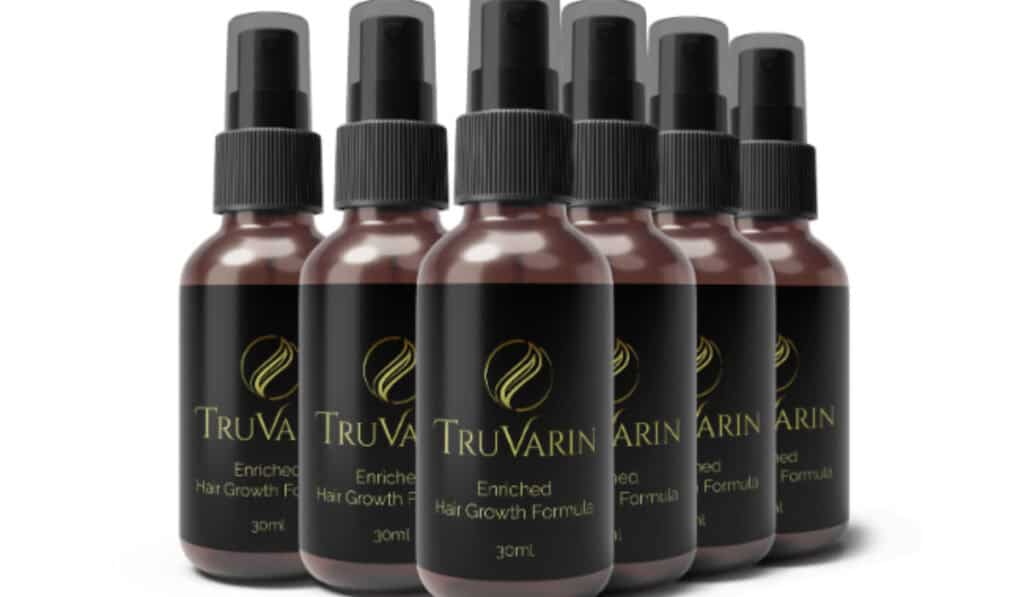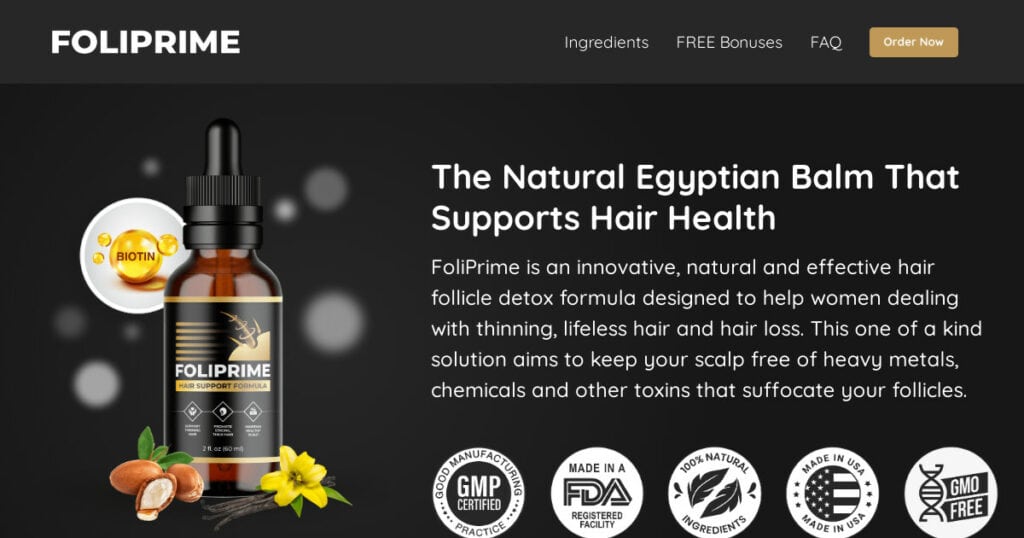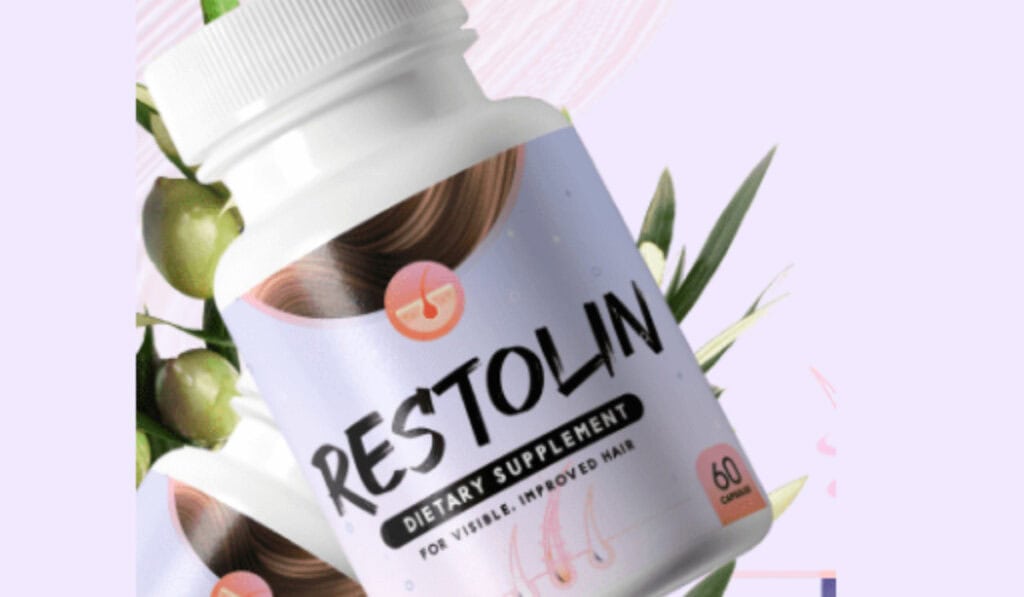A Comprehensive Prevention Strategy Overview and Insights
Hair loss can feel overwhelming, but understanding it is the first step towards prevention. With the right knowledge and approach, you can work towards keeping your hair healthy. From exploring the reasons behind hair loss to adopting a lifestyle that supports hair growth, this guide is designed to empower you with insights and strategies. Whether you’re seeking to prevent hair loss or manage it, the journey starts with education and proactive measures.
Remember, hair loss doesn’t happen overnight, and neither does prevention. It involves a commitment to a healthy lifestyle, understanding the underlying causes, and sometimes, seeking professional help. If you’re worried about hair loss, scheduling a consultation today can be a great step towards getting the help you need. Together, we can explore the various aspects of hair loss and discover the best prevention strategies tailored to your situation.
Understanding Hair Loss: Types and Causes
Hair loss can be caused by a variety of factors, including genetic predispositions, nutritional deficiencies, and chronic stress. Certain medical conditions and treatments, like radiation therapy for cancer or the use of oral contraceptives, can also contribute. Normally, losing 50 to 100 hairs a day is normal, but when the immune system mistakenly attacks hair follicles or there’s a conversion of testosterone into a more potent form, it can lead to more significant loss.
The Role of Genetics in Hair Loss
Your family history plays a crucial role in determining your risk of hair loss. Genetics can influence how sensitive your hair follicles are to certain hormones, leading to patterns of loss in both men and women. Understanding this can help you take early action to mitigate the effects, including seeking treatments that specifically address genetically influenced hair loss.
Impact of Environmental Factors and Stress
Environmental factors and stress significantly impact your hair health. Pollution, exposure to toxins, and even the water you use can affect hair strength and growth. Chronic stress, through various mechanisms, can push hair follicles into a resting phase, leading to increased shedding. Additionally, medical treatments, thyroid disease, and certain oral medications can exacerbate hair loss. Managing stress and minimizing exposure to harmful environmental factors are key components of a comprehensive hair loss prevention strategy.
Nutritional Deficiencies and Hair Health
What you eat plays a pivotal role in hair health. Nutritional deficiencies, particularly in essential vitamins and minerals, can lead to thinning hair and loss. Ensuring your diet is rich in key nutrients can help maintain hair strength and vitality. Sometimes, supplementing your diet can be necessary to restore your confidence and your hair’s natural beauty.
Identifying Common Types of Hair Loss
Androgenetic Alopecia
Androgenetic alopecia, commonly known as male or female pattern baldness, is the most prevalent type of hair loss. It’s influenced by hormones and genetic predisposition, leading to a predictable pattern of hair loss. The condition affects both men and women and often requires targeted treatment options.
Telogen Effluvium
Telogen effluvium is a temporary condition often triggered by stress, significant life changes, or illness. It results in the diffuse shedding of hair, typically a few months after the stressful event. Fortunately, this type of hair loss is usually reversible with the right stress management and health care strategies.
Alopecia Areata
Alopecia areata is an autoimmune condition characterized by sudden, patchy hair loss. While its exact cause is unknown, it’s believed to be related to the immune system attacking hair follicles. Factors like thyroid disease can also play a role in its development. Treatment focuses on controlling the immune response to encourage hair regrowth.
Traction Alopecia
Traction alopecia results from hairstyles that pull on the hair, like tight braids, ponytails, or buns, leading to hair loss primarily around the forehead and temples. Avoiding tight hairstyles and handling hair gently can help prevent further damage and allow your hair to recover.
Holistic Strategies for Hair Loss Prevention
Adopting a holistic approach to hair care involves more than just treating the symptoms. It’s about making lifestyle adjustments that support overall hair health, including avoiding tight hairstyles that can lead to traction alopecia.
The Importance of a Balanced Diet
A balanced diet rich in essential nutrients, omega-3 fatty acids, and proteins found in the Mediterranean diet can significantly affect hair health and growth.
Mediterranean Diet and Hair Health
The Mediterranean diet, celebrated for its abundance of vitamin C, essential nutrients, and omega-3 fatty acids, offers a balanced approach to eating that can support hair health. Including a variety of fruits, vegetables, lean proteins, and healthy fats in your diet can nourish your scalp and hair, promoting strength and growth.
Scalp Care and Gentle Hair Handling
Proper scalp care and gentle hair handling are crucial for preventing hair loss. Avoiding harsh chemical treatments, heat styling, and hairstyles that pull on the hair, like tight ponytails, can help protect your hair from damage and thinning.
Scalp Massage Benefits
Regular scalp massages can enhance follicle health by improving blood circulation to the scalp, promoting hair growth. Using a soft brush for massages can gently stimulate the scalp, offering a soothing and beneficial treatment for your hair and scalp.
Choosing the Right Hair Care Products
When picking hair care products, it’s key to avoid those with harsh chemicals that can damage your hair. Look for shampoos and conditioners that are gentle and designed for your hair type. Avoid using heat styling tools like curling irons too often, as they can weaken your hair. Opting for natural or less harsh chemical treatments can also help maintain your hair’s health and prevent loss.
Stress Management Techniques
Managing stress is a powerful step in preventing hair loss. Techniques like deep breathing can help reduce stress levels.
Exercise and Its Role in Preventing Hair Loss
Regular exercise isn’t just good for your body; it’s also great for your hair. It helps lower stress, which can cause hair loss, and improves blood flow to your scalp. This increased circulation can stimulate hair growth, keeping your hair strong and healthy. So, make exercise a part of your routine to fight hair loss.
Herbal Supplements and Essential Oils
Herbal supplements and essential oils can also play a role in preventing hair loss. For example, rosemary oil has been found to stimulate hair growth similarly to minoxidil, a common hair loss treatment. Adding such supplements to your diet or applying essential oils directly to your scalp may help nourish and strengthen your hair.
Advanced Hair Loss Treatment Options
For those experiencing more severe hair loss, advanced treatments are available. These options include medications, surgical solutions, and innovative therapies designed to target and treat bald areas effectively.
Medications with a Proven Track Record
Medical treatments for hair loss, such as oral medications, have been effective for conditions like thyroid disease and hair-pulling disorder.
The Use of Finasteride and Minoxidil
Finasteride and Minoxidil are two medications that have shown success in treating hair loss. Finasteride can help slow down hair loss and even lead to regrowth in some men, while Minoxidil can be used by both men and women to promote hair growth. Regular use of these medications as part of a treatment plan can offer significant improvements.
Surgical Solutions and Latest Innovations
Surgical advancements and the latest innovations offer new hope for restoring hair growth. Techniques such as hair transplants are becoming more refined, providing more natural-looking results.
Hair Transplant Techniques: FUE & DHI
Two popular hair transplant techniques are Follicular Unit Extraction (FUE) and Direct Hair Implantation (DHI). Both methods involve moving healthy hair follicles from one part of your scalp to the balding areas. This can help achieve a fuller head of hair by taking advantage of your existing healthy hair follicles.
Growth Factor Treatments and PRF
Growth factor treatments and Platelet-Rich Fibrin (PRF) are innovative non-surgical options that stimulate hair growth by harnessing your body’s healing abilities. These treatments involve using growth factors and platelets from your blood to nourish hair follicles, encouraging them to grow stronger and healthier hair.
Emerging Non-Surgical Therapies
Emerging non-surgical therapies, including growth factor treatments and PRF, offer promising results without the need for surgery. These treatments can be part of an effective treatment plan.
Low-Level Laser Light Therapy
Low-Level Laser Light Therapy is a non-invasive treatment that uses medical-grade laser light to stimulate hair follicles and promote growth. It’s a safe option for those looking for a gentle way to encourage hair regrowth and strengthen existing hair.
Platelet-Rich Plasma (PRP) Therapy
Platelet-Rich Plasma (PRP) Therapy involves injecting your own platelets into the scalp to stimulate hair growth. This treatment can strengthen hair follicles and encourage new hair growth, making it a popular choice for those seeking to reverse hair loss.
Lifestyle Adjustments and Remedies
Lifestyle changes and natural remedies can also support hair health. Incorporating essential oils like rosemary oil into your routine can promote hair strength and growth.
Enhancing Hair Health Through Daily Routine
Simple changes in your daily routine, like reducing heat styling and being gentle when handling your hair, can make a significant difference in maintaining your hair’s health and preventing loss.
The Significance of Regular Trimming and Avoiding Hot Showers
Getting your hair trimmed regularly helps prevent split ends from working their way up the strands, which can lead to less breakage and healthier-looking hair. It’s like cutting off a problem before it grows! Also, hot showers might feel relaxing, but they can strip your hair of essential oils, making it dry and prone to damage. Try lukewarm water instead and give your hair a break from the heat. This small change can make a big difference in your hair’s health over time.
Smart Styling Choices to Reduce Traction Alopecia
Choosing the right hairstyle can save your hair from unnecessary stress. Traction alopecia happens when hair is pulled too tightly, often because of certain hairstyles like tight ponytails, braids, or dreadlocks. To avoid this, go for looser hairstyles that don’t pull on your roots. Also, take breaks between styles that strain your hair. Remember, your hair needs to breathe, too! By making smarter styling choices, you protect your hair from unnecessary tension and loss.
Supplemental Support for Hair Growth
Taking supplements can play a key role in boosting your hair health. They fill in any nutritional gaps that your diet might not cover, providing your hair with essential vitamins and minerals it needs to grow stronger and healthier. Just remember, supplements should complement your diet, not replace it.
Vitamins and Minerals Essential for Hair Strength
Your hair craves certain vitamins and minerals to stay strong and healthy. Iron helps carry oxygen to your hair’s roots, promoting growth. Zinc plays a crucial role in hair tissue growth and repair. Vitamins A, C, and E, along with biotin, support hair health in various ways, from scalp oil production to providing antioxidant protection. Including these nutrients in your diet can help you maintain lush, strong locks.
The Role of Hair Loss Supplements
Hair loss supplements can be a game-changer for those experiencing thinning hair. They often contain a mix of vitamins, minerals, and other nutrients like biotin, zinc, and vitamin D, all known to support hair health. While not a cure-all, these supplements can help fill nutritional voids that might be affecting your hair quality, giving your locks a fighting chance to grow stronger and healthier.
Expert Advice and Professional Treatment
Seeking expert advice and considering professional treatment options can provide targeted solutions to hair loss. These interventions often offer more significant results than over-the-counter remedies.
When to Seek Professional Help
If you’re noticing significant hair loss or thinning, it’s time to schedule a consultation with a specialist. They can identify the cause and recommend the best course of action.
Consulting with Hair Loss Specialists
When you consult with hair loss specialists, you gain access to their expertise in diagnosing and treating various forms of hair loss. They can offer personalized insights and solutions, ensuring you receive the most effective treatment tailored to your specific needs. This personalized approach can make all the difference in your journey to healthier hair.
Personalized Treatment Plans
A personalized treatment plan, crafted by a professional, addresses your unique hair loss situation. It might include specific medications, lifestyle adjustments, or even transplant procedures, depending on the cause and extent of your hair loss. Such tailored plans can significantly improve your chances of seeing real, lasting results.
Debunking Myths and Setting Realistic Expectations
Understanding what truly helps hair growth and setting realistic expectations are crucial steps in addressing hair loss effectively.
Understanding the Timeline for Treatment Efficacy
Hair growth and recovery take time. It’s essential to understand that treatments like minoxidil or finasteride can take months to show results. Patience is key. Each treatment has its timeline, and progress can be slow but steady. Knowing this can help set realistic expectations and reduce frustration during the process.
Navigating Through Misinformation
The internet is full of hair loss solutions and quick fixes. But, it’s important to seek information from reliable sources and consult professionals before trying out any treatment. Misinformation can lead not only to wasted time and money but also to potentially worsening your hair loss condition.
Innovative Research and Future Directions
Research on hair loss is advancing, bringing new hope and possibilities for treatments that are more effective and less invasive.
The Frontiers of Hair Loss Research
Exploring the latest in hair loss research can open doors to new treatments and solutions.
Gene Therapy and Hair Regeneration
Gene therapy and hair regeneration represent the cutting edge of hair loss research. Scientists are looking into ways to use gene editing to treat and potentially cure baldness by stimulating hair growth at a molecular level. This approach could revolutionize how we think about and treat hair loss in the future.
The Potential of Stem Cell Therapy
Stem cell therapy holds promise for those with balding areas, offering a groundbreaking approach to hair regrowth. This innovative treatment uses your body’s own cells to stimulate the hair follicles, potentially turning thinning areas into full, healthy locks. While still under research, the potential of stem cell therapy could redefine hair loss treatments, making it an exciting area to watch.
Maintaining Hair Health: Beyond Prevention
To keep your hair strong, focusing on maintaining healthy hormone levels is crucial. Hormones play a big role in hair health, and when they’re out of balance, it can lead to hair loss. Eating a balanced diet, staying active, and managing stress are key steps to keeping your hormone levels in check, which in turn helps maintain the health of your hair.
The Psychological Impact of Hair Loss
The experience of losing hair can be deeply distressing, impacting self-esteem and social interactions. It’s not just about vanity; hair is often tied to identity and confidence. Acknowledging the emotional toll of hair loss is the first step towards finding effective coping strategies and support, helping individuals navigate through this challenging journey with resilience.
Community and Support Networks
Building a support network is vital for those navigating hair loss. Connecting with others who understand what you’re going through can provide comfort, practical advice, and emotional support. Whether it’s online forums, support groups, or social media communities, finding your tribe can make a significant difference in how you cope with hair loss and regain your confidence.
Crafting Your Comprehensive Hair Loss Prevention Strategy
To promote healthy hair growth, integrating a variety of approaches tailored to your specific needs is essential. Start with examining your diet and lifestyle; supplements like biotin may offer a beneficial boost, but they work best when combined with a nutritious diet. Scalp care is also crucial; gentle handling and proper cleansing can prevent damage to the areas of the scalp prone to hair loss.
For women experiencing significant thinning or bald spots, consulting with a specialist can offer insight into personalized treatment options. Treatments such as FUE hair transplant, offered by reputable centers like the Cleveland Clinic, can address more permanent bald patches with advanced techniques. However, it’s important to consult your doctor before pursuing any invasive procedures.
Stress management cannot be overlooked; chronic stress contributes to various health issues, including hair loss. Techniques that reduce stress, such as meditation, regular exercise, and sufficient sleep—aim for 7-8 hours—can dramatically affect your hair’s health. Additionally, being mindful of hair styling practices can prevent traction alopecia, protecting against further hair loss.
Nutrition plays a pivotal role; a balanced diet rich in vitamins and minerals is essential for hair strength. If you’re losing more than 100 strands a day, it could indicate a deficiency. While strands grow back, ensuring you’re not missing key nutrients can prevent excessive shedding.
Understanding the causes of hair loss, whether temporary or permanent, is critical. Factors like fungal infections, hormonal imbalances, and family history can all play a part. In some cases, using a cooling cap during chemotherapy treatments can help prevent hair loss. Always remember, the approach to treating bald spots and patches will vary significantly based on the underlying cause.
Finally, a comprehensive strategy should not only focus on preventing loss but also on maintaining the overall health of your hair. Regular trimming, avoiding harsh chemical treatments, and choosing hairstyles that don’t pull on the hair can all contribute to stronger, healthier hair. Supplemental support, such as vitamins specifically formulated for hair health, can also play a supportive role in your hair care regimen.
Final Reflections: Empowerment Through Education and Action
Understanding hair loss and taking proactive steps to address it can significantly restore your confidence. Whether it’s choosing the right treatments, applied topically like lavender oil, or seeking professional advice, it’s about taking control. Educating yourself on the causes of hair loss and exploring various treatment options, from the simple to the advanced, can empower you to make informed decisions that best suit your needs.
Remember, the journey to overcoming hair loss is unique for each individual and can take time—typically anywhere from 3 to 6 months to see noticeable improvement. Patience, persistence, and a positive outlook are key. By staying informed and taking action, you can navigate this challenge with confidence and grace.





